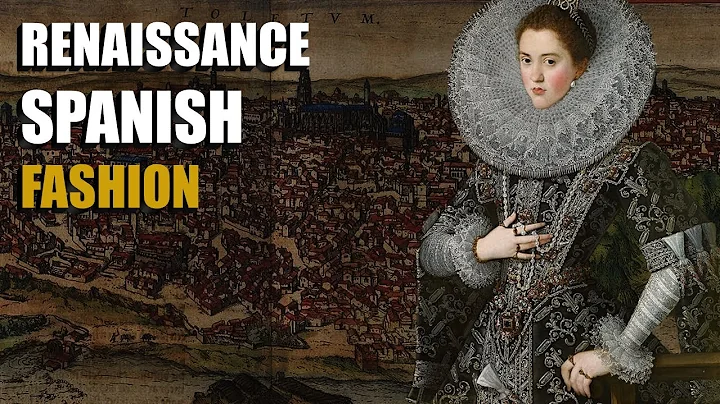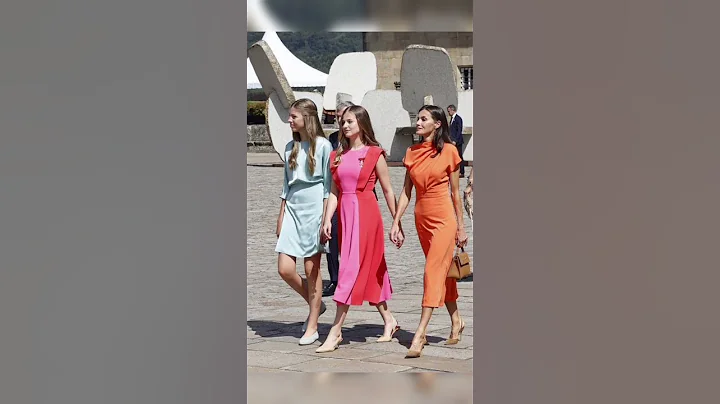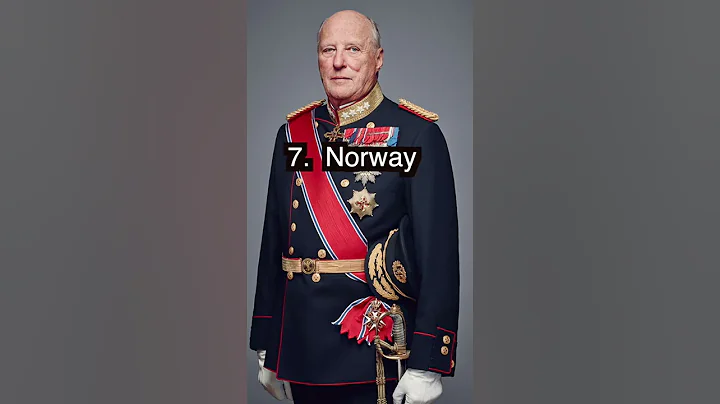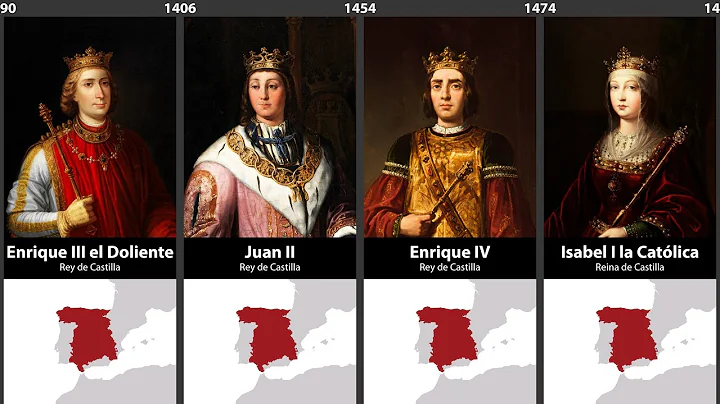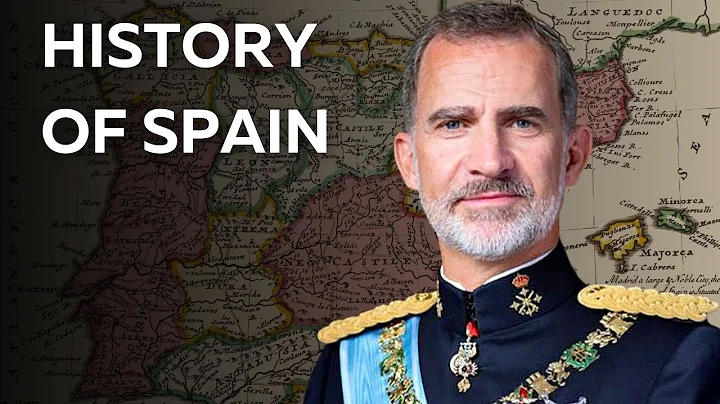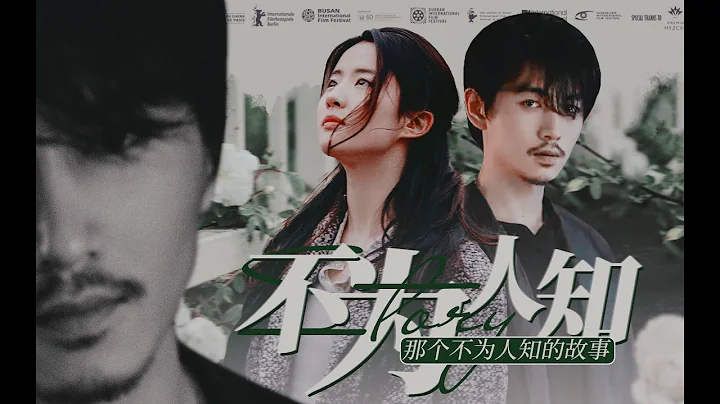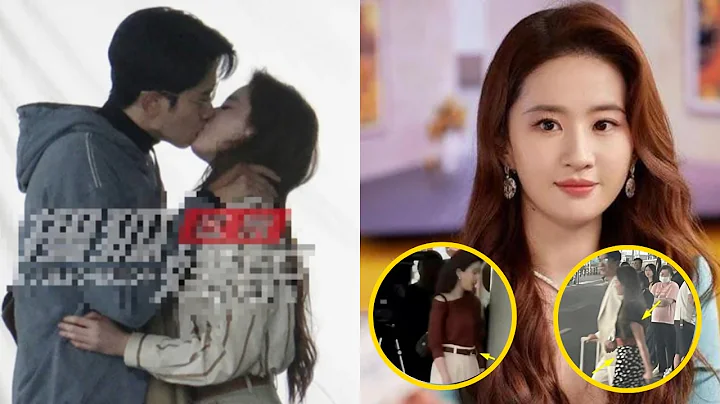Behind an exhibition, there is always a message that the curator and organizing team want to convey. The same is true for the Modus exhibition currently taking place in Madrid, Spain.
Modus The exhibition explores the influence of Hispanic history and traditional culture on global fashion, including emerging designers. And a new generation of young Spanish designers are reawakening their "Spanish characteristics": ancient traditions, religious imagery, and even black elements - black was the symbol of Spain's ruling monarchs centuries ago. Raul Marina, curator of the
Modus exhibition, said: “This is an extremely important moment (in the history of Spanish fashion). Spanish designers including Palomo Spain, Leandro Cano, ManeMane and others are once again shaping Spain’s position in the fashion world - young People are paying attention here, and all the inspiration comes from Spain.” Marta Blanco, a fashion consultant at
, said that she feels that the Spanish fashion industry is “awakening, and every Spaniard is beginning to return to the Leandro Cano era.” Designers like this can draw inspiration from Spanish bullfights, religious intentions, etc., but have nothing to do with fascism.”
Marta Blanco’s so-called “awakening” is not only on the design side, but also on the consumer base, “More and more. Spaniards are proud of their country and their people. "
This pride comes from the outstanding achievements of more Spaniards in their respective fields. To paraphrase Marta Blanco, "(These achievements empower Spaniards)." For example: Spanish celebrity chef Ferran Adria promoted a global revolution in the culinary world. The Spanish football team won the European Cup in 2008 and 2012 respectively, and also won the World Cup in 2010. In addition, Rafael Nadal ) has become a world-renowned top tennis player, and the Spanish fast fashion brand Zara is spread all over the world...

Spanish fashion history
Black
Taking black as an example, this color has now become a representative color of French elegance, and it is Coco who promotes this change A little black dress designed by Ms. Chanel in the 1920s. But as early as the 16th century, the Spaniards had begun to use black in their clothing.
Before that, black had always been a difficult color to wear. After many washes or long-term use, the dye will fade and turn into a grayish, almost brown soft object. As the Spanish conquered the Americas, specifically Mexico in the 16th century, they discovered a tree called logwood.
The wood of the sappan tree can be made into a strong and durable black dye. As a major economic and political power at the time, the then King of Spain, Felipe II, adopted black as his exclusive color, quickly triggering a wave of black fashion.
ISEM Fashion Business School clothing history expert Amalia Descalzo writes in the Modus exhibition brochure: The (Spanish) monarchy is “a reference for all European monarchies, and its simple black robes also represent supreme elegance. ."
In modern times, many overseas and Spanish designers, such as Cristobal Balenciaga, focus on black in their personal brand collections. At the same time, emerging young designers continue to interpret black in their own way. For example, the black tight tops and skirts of the brand ManeMane on display at the Modus exhibition are paired with hats typical of the southwestern Spanish Extremadura region, the hometown of brand founder Miguel Becer.

crinoline
In the 16th century, Spain not only promoted the application of black in the field of clothing, but also created a unique clothing structure : the crinoline (verdugado). Spanish bustles were originally made of wood and were worn by women under their outer skirts to create different shapes. It was first popular among the upper class in Spain, and then gradually spread to the United Kingdom, France and even all of Europe. Different styles and shapes appeared over time.
After the verdugado, Spain created another trend: the guardainfante, a bustle that hangs on the side of the wearer's body to expand the skirt on that side.Raul Marina pointed out: "This kind of bustle can hide a woman's pregnant belly."
The guardainfante appears in the famous work "Las Meninas" (picture 1 below) by Spanish painter Diego Velazquez. The influence of this bustle can be found in the yellow bell-shaped velvet dress of young designer Juanjo Oliva in this Modus exhibition (picture 2 below).


Cultural elements
When it comes to Spain, the other keywords that come to mind are: bullfighting and Flamenco. These two cultures exported from Spain to the world have given designers everywhere unlimited creative inspiration.
Raul Marina said: "There is a saying in the industry that internationally, overseas designers have long been immersed in Spanish characteristics and are more proud than us (Spanish people)." Brands and works that incorporate Spanish elements in design include:
- France The luxury brand Givenchy ( Givenchy ) once launched a black velvet flamenco style jacket with red embroidery and pearls;
- French classic luxury brand Lanvin once launched a cream polka-dot black ruffle skirt, which inspired The flamenco tradition originated from southern Andalusia, Spain;
The trend of "strong overseas, weak locally" is also changing, with more and more religious and traditional elements appearing in the works of the new generation of Spanish designers. For example:
- In 2017, the singing queen Beyonce wore a flower crown from Palomo Spain, a white silk skirt and a halo-shaped headscarf, and took a series of photos while holding her newborn twin babies.
- Lady Gaga once wore a From the Leandro Cano brand, a white tutu dress with a floral pattern. This skirt is inspired by the reign of King Philip III.
- ManeMane's work incorporates the traditional craftsmanship of the Extremadura region in Spain




